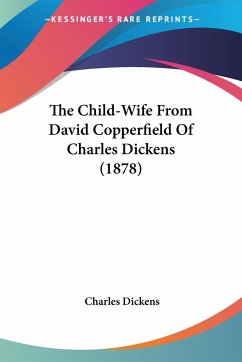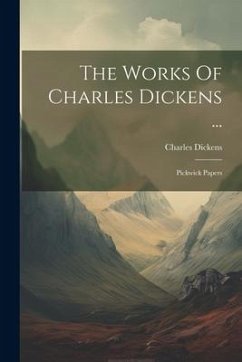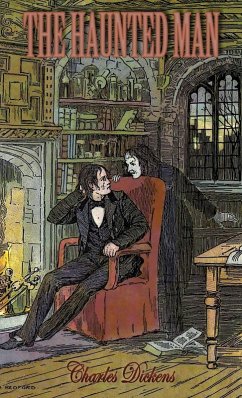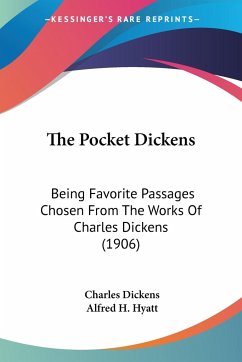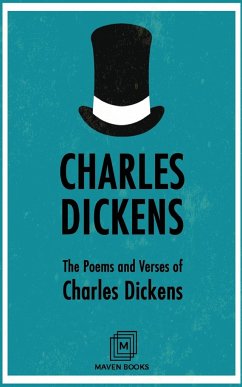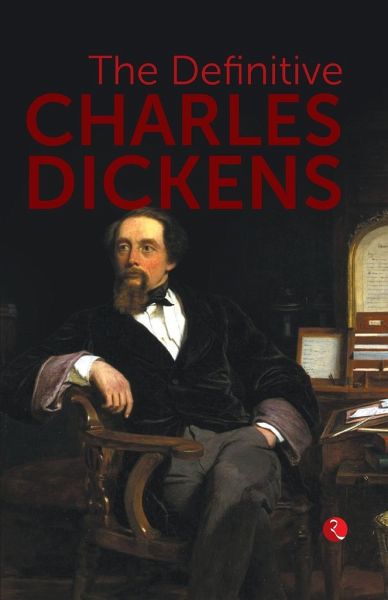
THE DEFINITIVE CHARLES DICKENS
Versandkostenfrei!
Versandfertig in 1-2 Wochen
31,99 €
inkl. MwSt.

PAYBACK Punkte
16 °P sammeln!
Suffering has been stronger than all other teaching, and has taught me to understand what your heart used to be. I have been bent and broken, but-I hope-into a better shape.' -Estella, Great Expectations Charles Dickens (1812-1870) an English novelist, is generally considered the greatest of the Victorian era. Dickens worked as a journalist in political newspapers, making close observations about society in the churn of Industrialization. His work reflects his belief that society's blinding greed for money and its neglect of the lower classes are its major flaws. Through his books, he exhorts ...
Suffering has been stronger than all other teaching, and has taught me to understand what your heart used to be. I have been bent and broken, but-I hope-into a better shape.' -Estella, Great Expectations Charles Dickens (1812-1870) an English novelist, is generally considered the greatest of the Victorian era. Dickens worked as a journalist in political newspapers, making close observations about society in the churn of Industrialization. His work reflects his belief that society's blinding greed for money and its neglect of the lower classes are its major flaws. Through his books, he exhorts virtues of a loving heart and the pleasures of home in a flawed, cruelly indifferent world. The Definitive Charles Dickens includes one of his famous novels, Great Expectations; a play, Is She His Wife; a novella, Master Humphrey's Clock; a short story, The Trial for Murder; and his letters to his friends and family, which allow readers a glimpse of Dickens as a person and how he led his life.




